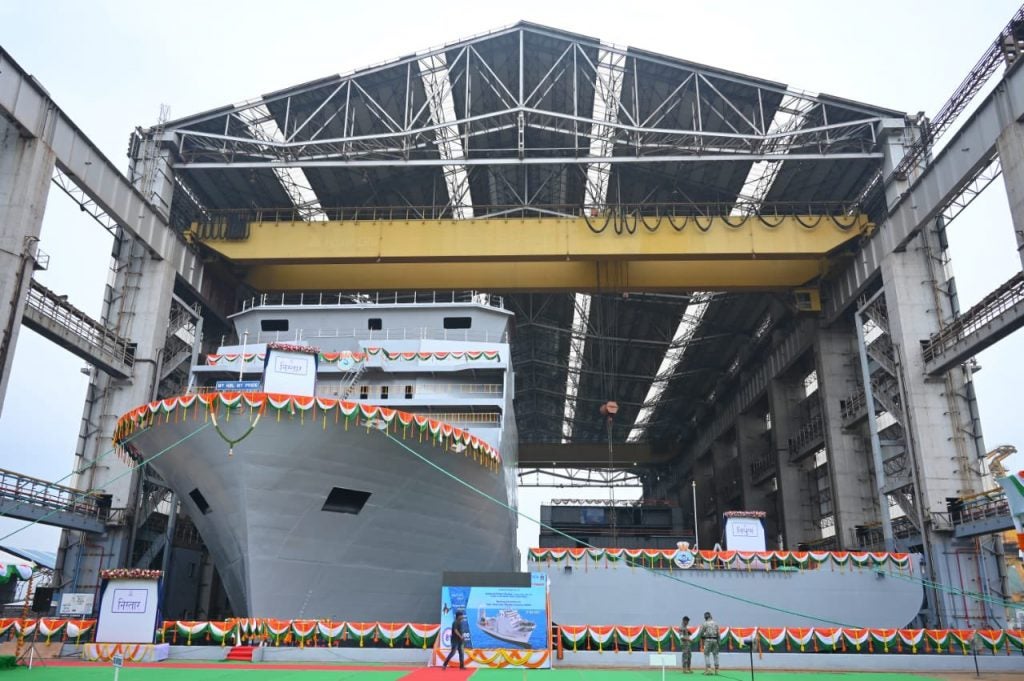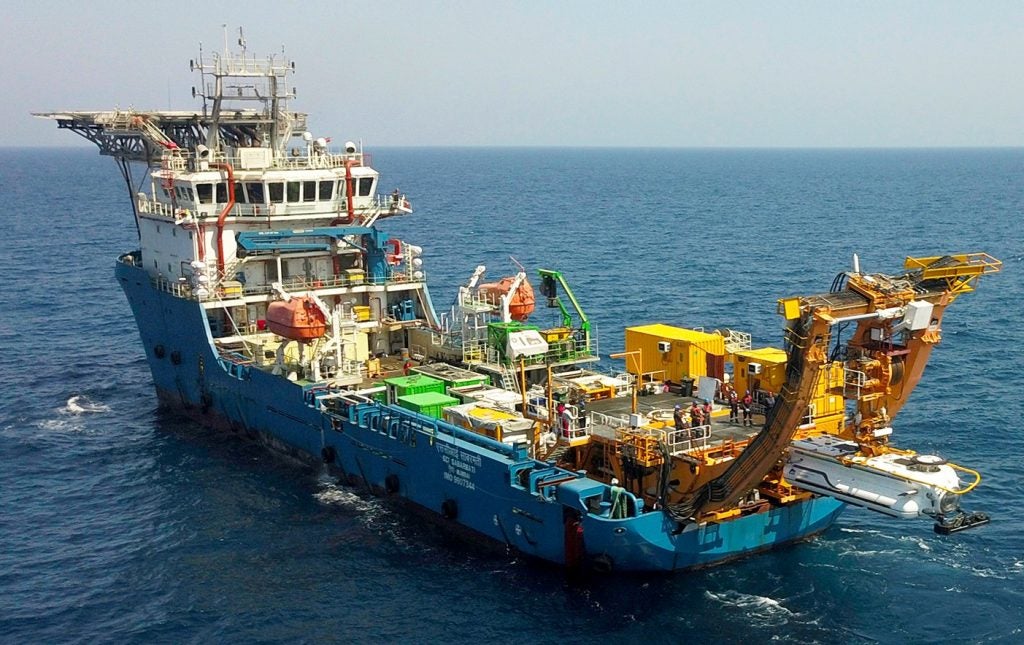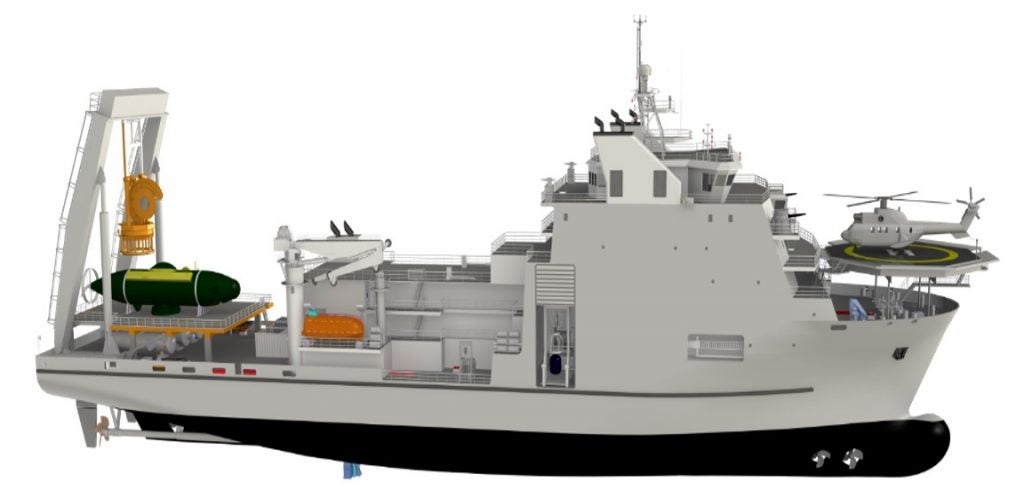Indian Navy Looks To Lease DSRV Mothership, Two Diving Support Craft Launched
Two Diving Support Vessels (DSVs) being built for the Indian Navy by Hindustan Shipyard Limited (HSL), Visakhapatnam were launched on September 22. Meanwhile, the Navy released a request for information (RfI) on September 20 to lease a vessel to act as a Deep Submergence Rescue Vessel (DSRV) mothership until India’s delayed DSVs are commissioned.
The DSVs are 118.4 metres long, 22.8 metres wide and will have a displacement of 9,350 tons. They will be equipped with an array of diving support systems. The DSVs will host a DSRV each for deep sea diving and submarine rescue operations. Furthermore, the ships will be capable of conducting Search and Rescue operations and support helicopter operations. The vessels will be named INS Nistar and Nipun when commissioned.

HSL was awarded the contract to build two DSVs in September 2018. Construction started in February 2019. The first DSV was scheduled to be delivered in three years from initiation of construction and the second a year later. With approximately 80% indigenous content during launch, the DSV project has generated considerable local employment opportunities and has also promoted indigenisation which in turn will aid in boosting India’s economy.
Currently the Navy uses INS Nireekshak to support diving operations. For shallow water diving operations, five Diving Support Craft (DSC) are being built. Meanwhile, SCI Sabarmati hosts one of the two DSRVs owned by the Indian Navy. These air transportable DSRVs were procured from JFD and delivered by 2018. A DSRV complex was established in Visakhapatnam in 2020. The Navy had dispatched SCI Sabarmati with its DSRV to assist rescue operations for the Indonesian Submarine KRI Nanggala in April 2021.

The absence of purpose built motherships has been impeding DSRV operations. The Navy is looking to lease another vessel to complement SCI Sabarmati in the interim due to the delays in construction of the DSVs. The vessel will be leased for a period of two years, extendable to three. It will primarily serve as a DSRV mothership. Upon induction of the DSVs, it will be used as a ‘Submarine Support Ship’. This role would fill a gap created by the decommissioning of INS Amba in 2006. It was a derivative of the Soviet Ugra class and was the only submarine tender operated by the Indian Navy.
An RfI released earlier in September also seeks to procure 10 two men Recompression Chambers to support diving operations of the Indian Navy.

